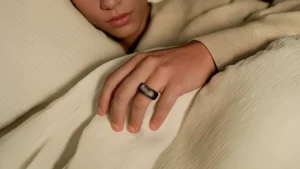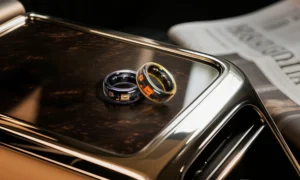In the latest season of fashion shows, when Burberry returned to the classic knight emblem instead of using the TB logo, Versace replaced the luxurious retro Medusa head with large areas of black, and Gucci reduced the old flower patterns on clothing to become more minimalist, it is not difficult to find that the logo prints that many brands have spent a lot of money on are being replaced by a brand new brand DNA aesthetics.

Image Source: Versace / Gucci
From Miu Miu, which favors and continues the “intellectual style,” to Salvatore Ferragamo, which emphasizes the brand's unique identity with red, and Bottega Veneta, which constantly explores creative innovations in leather craftsmanship, luxury brands are returning to a low-key approach and starting to emphasize their unique brand identity attributes in a more profound rather than noisy way. They put a lot of effort into tailoring, fabric, and overall style, striving to distinguish themselves from other brands.
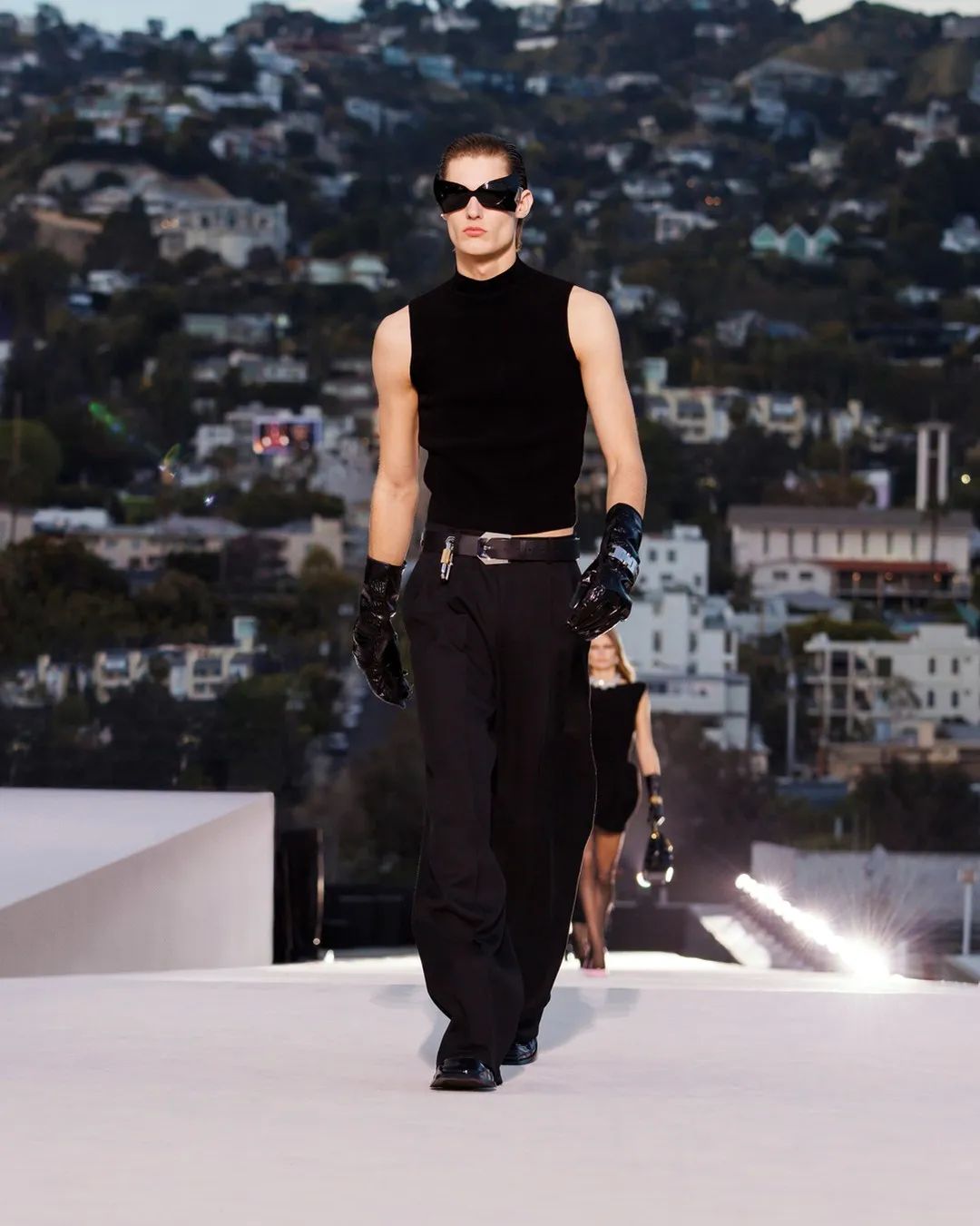
Image source: Miu Miu / FERRAGAMO
This approach, on the one hand, aligns with consumers' pursuit of classic luxury styles in recent years. On the other hand, it poses a challenge for brands that were not originally reliant on logos and emphasized minimalism and practicality – how can these brands now create a core temperament, stand out in the race for style supremacy, and avoid falling into the predicament of being unrecognizable?

Whether emphasizing minimalism or practicality, “error-free” design is a fundamental element of designer brands, and a consistent design style is the starting point for establishing brand recognition.
For most fashion brands, maintaining a consistent brand style requires decades of continuous refinement and improvement. This is due to both the foundational style set by the founder and the creative director's ongoing maintenance of the core essence by referring to the brand's archive.
For example, the uniform feel for Prada, deconstructionism for Maison Margiela, and camellias and tweed elements for Chanel have been used by these brands since the 1990s or even earlier, constantly innovating and interpreting the era's style that aligns with current characteristics.

Image source: Maison Margiela / Chanel
Saint Laurent used tweed as the main fabric for their Fall/Winter 2021 collection, which caused a huge uproar in social discourse at the time. Chanel's President, Bruno Pavlovsky, stated directly: “Saint Laurent is a great brand. It's a pity that they don't write their own history but steal others'.” It can be said that a strong brand gene can even have a monopolistic nature in terms of fabric.
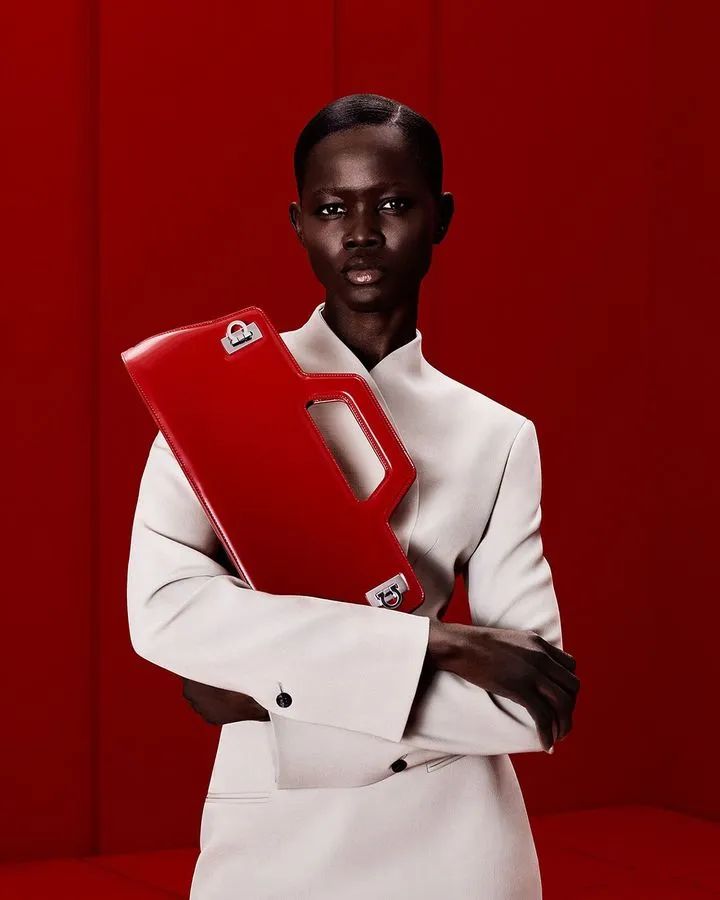
Image source: Vogue
For brands that adopt a minimalist and pragmatic style, it is inherently difficult for them to establish brand recognition through exaggerated and flamboyant means. Therefore, mastering a representative style from the very beginning is a crucial way to distinguish themselves as designer brands from commercial brands.
The Row, founded by the Olsen twin sisters in 2006, has always been a symbol of good taste with its exquisite fabrics and elegantly comfortable style. Coupled with the celebrity aura of its founders, it has accelerated the brand's rise to fame.
Only good looking is not enough, the brand needs a coherent style system
Image source: The Row
In comparison, Victoria Beckham, who also has a celebrity halo and a practical design style, always finds it difficult to establish a loyal fan base and has experienced several ups and downs in financial statements. From a direct view of a single season's fashion design, the brand has excellent taste, but after comparing multiple seasons, it is found that the brand's style fluctuates greatly.

Image source: Victoria Beckham
Under the Weibo post by fashion blogger iDest discussing why the Victoria Beckham brand has always been “one breath away,” 248 users believe the brand lacks a “signature item,” 100 users think Victoria Beckham “combines many brand elements,” and 85 users think the brand's “style is not distinctive enough.” It can be seen that establishing a complete style context is one of the ways to enhance brand recognition.

After establishing a coherent style system, brands also need iconic single products and “window roles” that can connect with the public to make a name for themselves. A popular bag or a celebrity with the brand's DNA can help consumers understand the brand in a more “simple and crude” way.
The It Bag has a core commercial driving force for the brand to turn losses into profits. Although Bottega Veneta has leather woven bags as the core gene of the brand, it has long been unable to achieve the effect of breaking out of this extremely characteristic style. After the former creative director Daniel Lee joined the brand, he recreated the brand's classic Intrecciao woven leather strip element with a wide woven form, and designed popular bags with a full and rich leather luster, such as cloud bags, pillow bags, and so on.

Image Source: Vogue
Consumers can quickly understand a brand through the strong radiating power of popular bags. At the 2019 British Fashion Awards, Daniel Lee won four awards, including Designer of the Year, Brand of the Year, Designer of the Year, and British Designer of the Year for Women's Wear.
In addition to popular bags, a window role that can connect the brand and the public is also very important. With a window role that has a certain level of popularity and influence, consumers can become interested in the brand through their way of dressing.
In recent years, with the rise of relaxed dressing in China, the lazy and casual image created by Lemaire on the runway has also become a popular style in recent years. The South Korean actor Kim Min-hee, who has a significant international influence, only wears Lemaire at various film festivals. Under the influence of this “style icon,” Lemaire has thus acquired an easily recognizable identity trait.
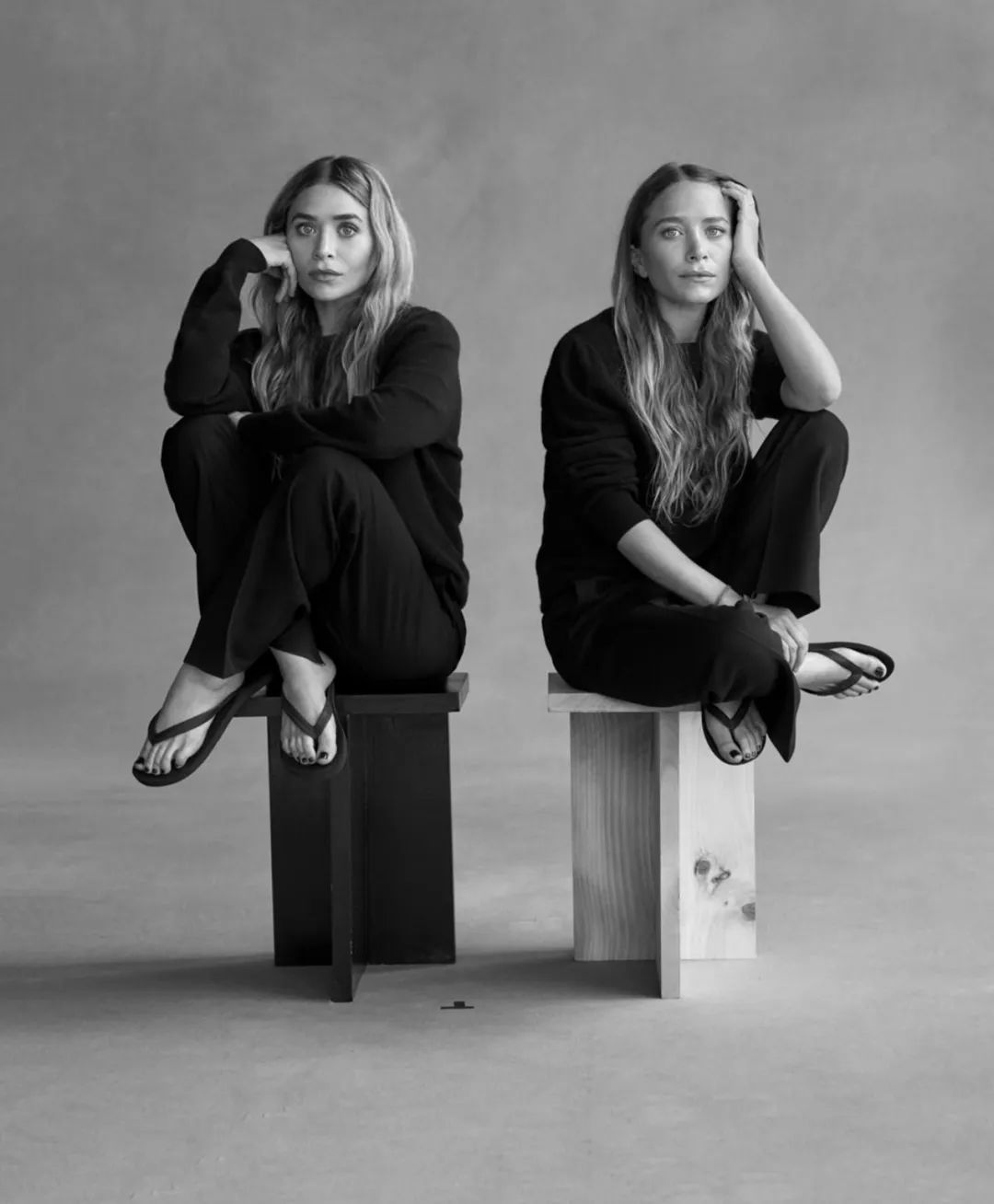
Image Source: Pinterest / Lemaire
Kendall Jenner, who has 282 million followers on Instagram, is one of the loyal fans of The Row. She not only wears The Row in multiple street photos, but also calls The Row her “ultimate favorite” brand in the latest video on the Vogue Italia channel on Youtube. With her extensive number of followers, more people will come to know about this brand.
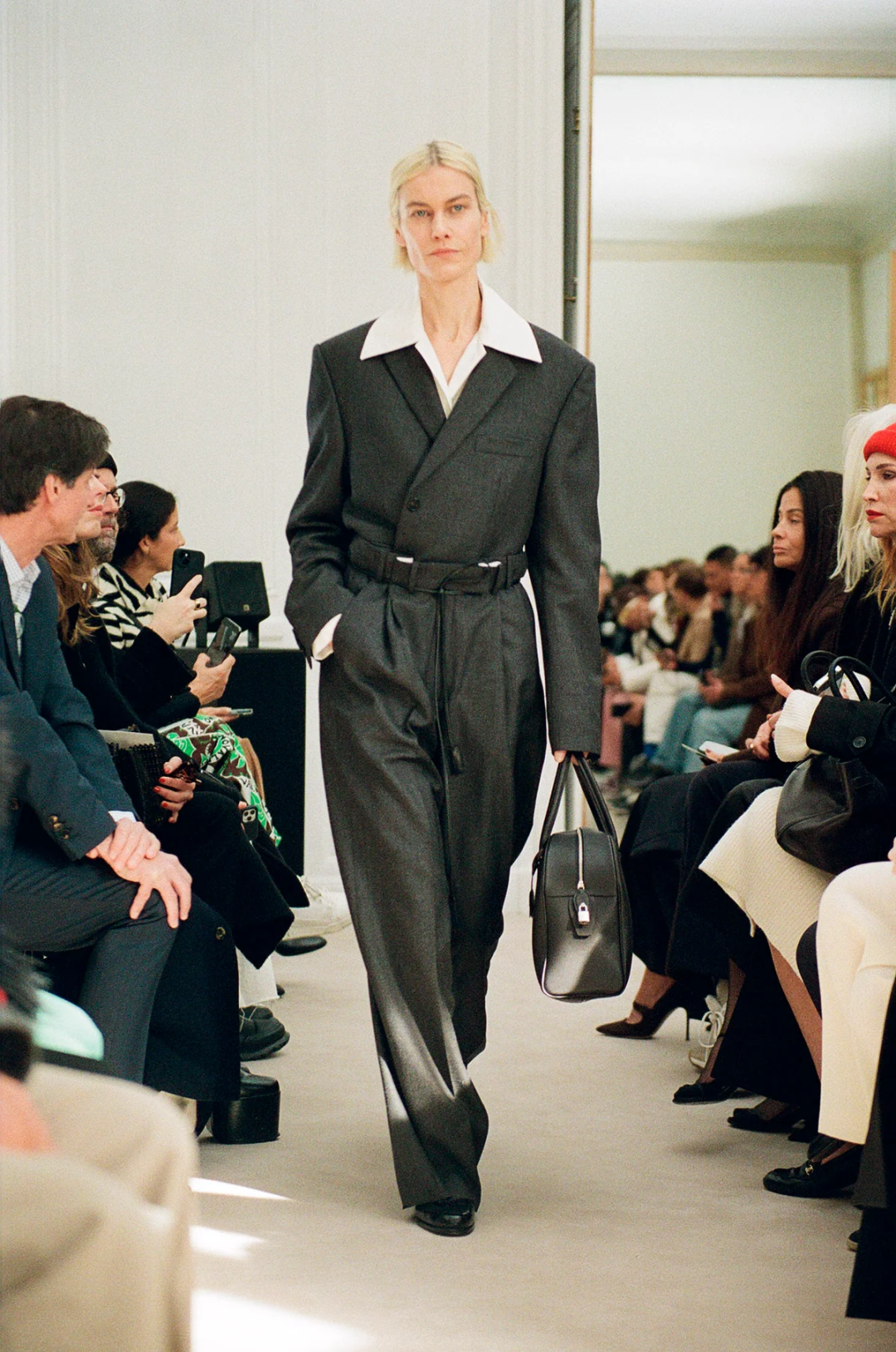
Image source: The Row
In contrast, minimalist brand Jil Sander gained popularity among the masses after being acquired by the OTB Group in early 2021, thanks to its physical expansion and the creation of immersive pop-up stores. However, the brand image remains unclear to consumers due to the lack of a signature product and an influential spokesperson.
Consumer Linda, who visited Jil Sander's limited-time pop-up store at Shanghai's LMDS boutique, said, “I was mainly attracted by the floral store design. It's hard to recall the specific Jil Sander fashion designs that were on display at the time.” Therefore, for minimalist and wearable fashion brands to establish brand recognition, simply increasing brand awareness is not enough. It Bag and It Girl, as catalysts for the brand's breakthrough, are also indispensable.

Image source: Jil Sander
02 Creating It Bag and It Girl is the golden rule of brand recognition
A coherent design system and the “explosive effect” of certain products can indeed deepen the public's understanding of a brand. However, the brand's product materials and pricing can initially determine a customer's “desire to explore” the brand. Once the brand's price threshold is not proportional to the raw materials, even if the design techniques are outstanding, consumers will not be willing to delve deeper into the brand due to a realistic mindset.
Nowadays, as the trend of luxury brand price increases intensifies, ordinary consumers have gradually developed considerations for the brand's value retention when shopping. The “2022 China High-Net-Worth Consumer Insight Report” by the Key Customer Research Institute shows that in the past three years, the average price increase for bags from leading brands such as Chanel, Louis Vuitton, and Prada has exceeded 32%. Vogue Business previously reported that during times of increased uncertainty, consumers tend to become more savvy and rational in their consumption. Therefore, most consumers now opt for classic products with high circulation and wide recognition when making purchases.

Image source: Chanel / Louis Vuitton
In contrast, non-top brands with high pricing and poor material selection find it difficult to convince consumers to willingly spend their money and actually wear the brand. Victoria Beckham's brand has always been criticized for its high pricing. Consumer Shirley believes that those who can afford Victoria Beckham have better options at the same price point. She further points out that the brand's fabric quality is not proportional to the price, “Although the design is beautiful, the texture is very rough,” she describes.
On the other hand, the French brand Isabel Marant also causes some consumers to lose their desire to understand the brand due to its fluctuating prices. Luxury goods enthusiast Lynn, who currently resides in France, said: “Isabel Marant's prices are very unstable, and there are often significant discounts from time to time, making it suitable for purchase during the discount season. However, this also makes me question the original material of the brand.” Linda believes that general brands rely on discounts to make money, while top brands rarely offer discounts.

Image source: Isabel Marant
Trends evolve with the changing seasons, and the styles favored by consumers are constantly changing. To become a leader rather than a follower of trends, brands that emphasize minimalism and practicality need to have a long-accumulated style context, iconic items and window roles as catalysts, and a reasonable cost-performance ratio to make consumers desire to understand the brand. In these three progressive relationships, the parts closer to the actual consumer market are also the ones that touch the hearts of consumers the most.


